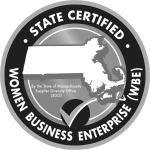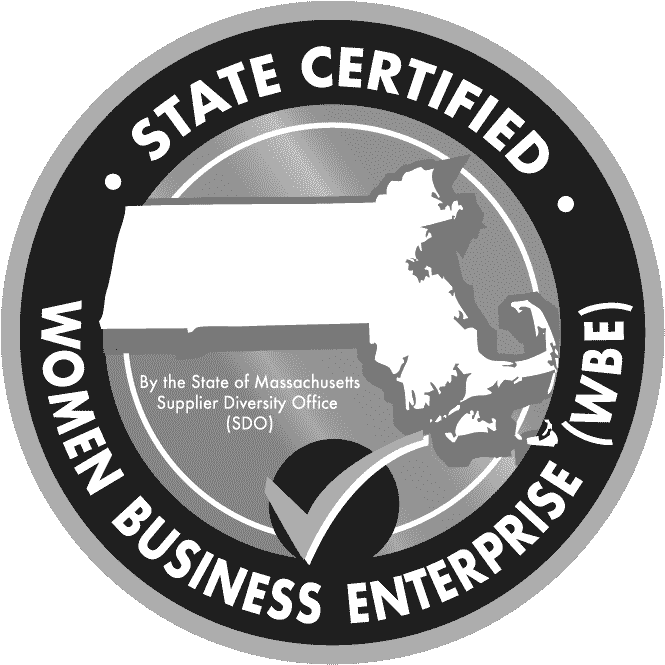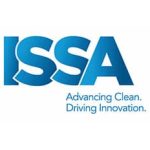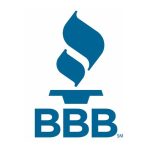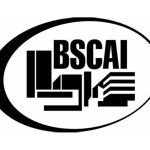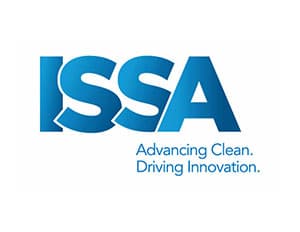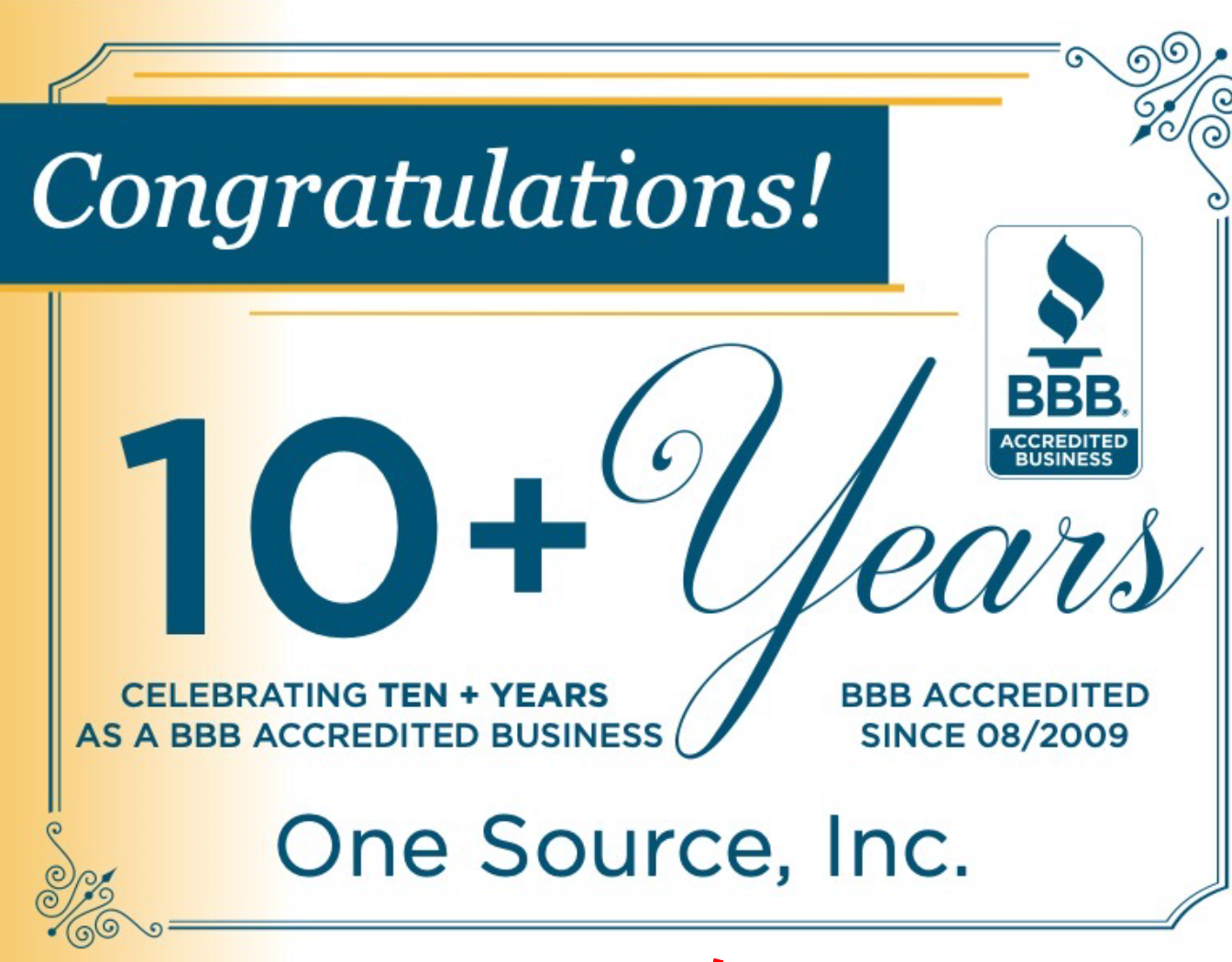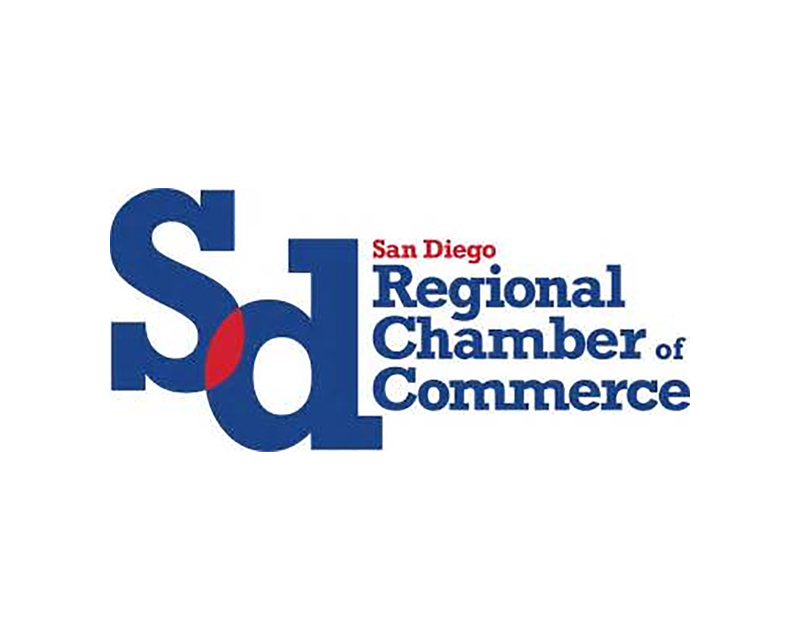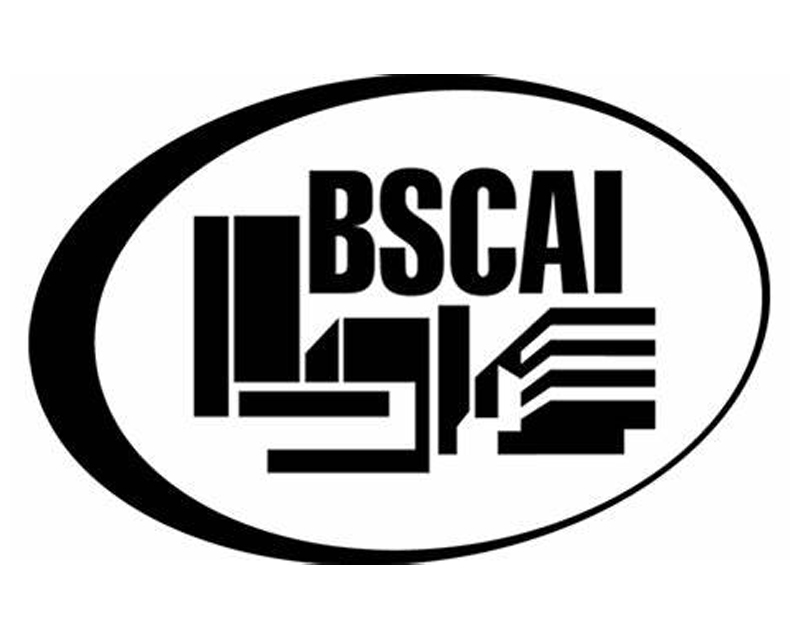Churches are places of worship, fellowship, and service. They’re also places where many people gather, touch, and share common spaces and items. Therefore, it’s essential to keep your church clean and safe for everyone who visits, works, or volunteers there.
But how do you clean a church efficiently and effectively? What are the areas that need the most attention and care? How do you prevent the spread of germs and diseases in your church?
Keep reading as we answer these questions and provide you with some tips and best practices for church cleaning that will help you maintain a high standard of hygiene and sanitation in your church.
Why Church Cleaning Is Important
Church cleaning services san diego is important for several reasons. It creates a welcoming and comfortable environment for your congregation and visitors. A clean church shows you care about the people who come to worship, learn, and serve with you. It also helps them focus on the spiritual aspects of their church experience without being distracted by dirt, clutter, or odors.
A clean church also protects the health and safety of your church members and staff, reducing the risk of exposure to harmful bacteria, viruses, fungi, and allergens that can cause infections, allergies, or illnesses. It also prevents pest infestations, mold growth, and structural damage that can compromise the integrity and functionality of your church building.
Church Areas that Need Cleaning Most
Every area of a church needs regular cleaning, but some areas need more frequent and thorough attention than others. These are the areas that are used more often, have more contact with people or objects, or have more potential for contamination or damage.
Here are some of the areas that need cleaning most in a church:
- Entrances and lobby – These are the first areas people see when they enter your church. They should be clean, tidy, and inviting. You should sweep or vacuum the floors, dust the surfaces, polish the doors and windows, and check the condition of the floor mats.
- Nave and sanctuary – These are the main areas where people worship and pray. They should be clean, serene, and sacred. You should vacuum or sweep the carpets and floors, wipe down the pews and railings, dust the furnishings and windows, and straighten up the altar, choir, and instrument areas.
- Fellowship hall and kitchen – These are the areas where people eat, drink, socialize, and celebrate. They should be clean, sanitary, and hospitable. You should sweep or mop the floors, wipe down the tables and chairs, sanitize the sinks and countertops, empty the trash cans, and keep the kitchen clear of dirty dishes.
- Staff and administrative offices – These are the areas where people work, study, plan, and communicate. They should be clean, organized, and professional. You should sweep or vacuum the floors, dust the furniture and equipment, empty the trash cans, sanitize the keyboards and light switches, and file away any documents or papers.
- Classrooms and nurseries – These are the areas where children learn, play, and grow. They should be clean, safe, and fun. You should sweep or vacuum the floors, change the crib sheets, disinfect the toys and surfaces, empty the trash cans, and arrange and organize the nursery and classroom items.
- Bathrooms – These are the areas where people use the toilet, wash their hands, and freshen up. They should be clean, hygienic, and pleasant. You should sweep and mop the floors, wipe down and sanitize the toilets, sinks, faucets, and handles, polish the mirrors and chrome fixtures, empty the trash cans, and refill the paper towels, soap, sanitizer, and other bathroom necessities.
Church Cleaning Services
One option to consider is hiring a church cleaning service to perform all these tasks for you. With the services of business cleaning services San Diego churches can enjoy the benefits of high-quality cleaning, specialized equipment, trained staff, and flexible scheduling.
You can also create a church cleaning ministry, which can involve your congregation members, volunteers, or staff members who are willing to donate their time, skills, or resources to help with the cleaning tasks. Either way, you can save time, money, and energy by delegating some of the cleaning responsibilities to others who can help you.
Proper Cleaning Products & Tools
Different areas of your church may require different types of cleaning products or tools depending on the material, surface, or level of dirtiness. For example, you may need to use a wood cleaner for your wooden pews, a carpet cleaner for your carpets, and a disinfectant for your bathrooms. You should also use microfiber cloths, sponges, brushes, mops, buckets, vacuums, dusters, gloves, masks, and other cleaning tools that are suitable for each area of your church. Make sure you follow the instructions on how to use the cleaning products or tools safely and effectively.
Green Cleaning
Green cleaning is a method of cleaning that uses environmentally friendly products or practices that reduce the impact on human health and the environment. Green cleaning can help you protect your church members and staff from exposure to harsh chemicals that can cause allergies, asthma, skin irritation, or respiratory problems. Green cleaning can also help you reduce waste and conserve water, energy, and natural resources.
When they need professional church cleaning services San Diego places of worship can rely on One Source to be their single point of contact. We’ll coordinate all the details involved in making sure you receive the services of an outstanding church maintenance contractor you can trust to ensure your church is always up to the task of ministering to the community. Call us today at (858) 260-1090 to learn how we can make sure you receive the ongoing high-quality maintenance services you and your congregation deserve.



